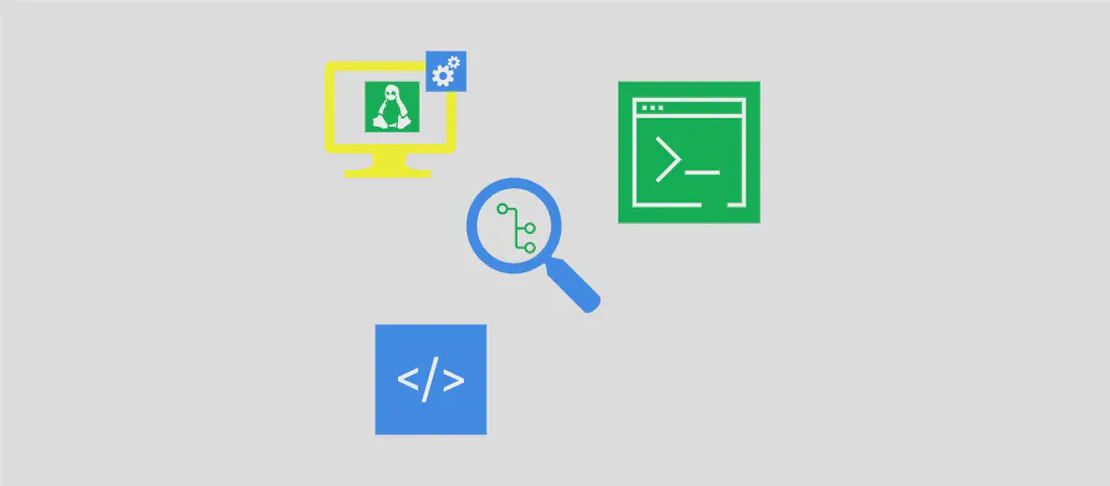
How to Use the Command 'cockpit-desktop' (with Examples)
- Linux
- December 17, 2024
The cockpit-desktop command provides a secure and intuitive way to access Cockpit pages in a running session. It facilitates the management of Linux servers by starting a cockpit-ws (web service) and a web browser within an isolated network space. By doing so, it allows users to securely manage servers through a graphical interface. Moreover, it creates a cockpit-bridge in the user session that further enhances the security and accessibility of server management tasks. The following examples illustrate how cockpit-desktop can be used to access specific pages for server management.
Use case 1: Open a Cockpit Page on a Remote Server
Code:
cockpit-desktop url SSH_host
Motivation:
This command is used to open a specific Cockpit page hosted on a remote server. When managing multiple servers, administrators often need to access different Cockpit dashboards securely. Running this command ensures that the Cockpit interface is launched in an isolated environment, reducing potential security risks associated with directly accessing server resources from a local machine. It is especially useful in environments where remote server management is routine, and security is a top priority.
Explanation:
cockpit-desktop: This is the base command that initializes the Cockpit environment and web service, creating a secure environment for accessing Cockpit pages.url: This placeholder is where you would specify the actual URL of the Cockpit page you wish to access. It represents the location of the Cockpit interface on the server.SSH_host: This argument specifies the remote server’s hostname or IP address where the Cockpit service is running. The command uses SSH to establish a secure connection between the local machine and the remote server, ensuring data transmitted is encrypted and secure.
Example Output:
Assuming a successful execution of the command, the user’s default web browser would open, displaying the Cockpit login page for the specified remote server. The user would then enter their credentials to access the server’s management interface.
Use case 2: Open Storage Page
Code:
cockpit-desktop /cockpit/@localhost/storage/index.html
Motivation:
This command is used to navigate directly to the storage management interface of Cockpit for the local machine. Managing storage resources efficiently is paramount for system administrators to ensure optimal server performance and resource utilization. This command is particularly beneficial for administrators focusing on storage diagnostics, adjustments, or monitoring on the local machine without navigating through multiple Cockpit interface steps.
Explanation:
cockpit-desktop: As with the previous use case, this is the primary command to initialize the secure Cockpit environment./cockpit/@localhost/storage/index.html: This argument specifies the path to the storage management page of the Cockpit interface. Here, the use of@localhostindicates that the Cockpit page is hosted on the local machine. This path directly routes the user to the storage page, bypassing other interfaces, thus saving time and streamlining focus on storage-related tasks.
Example Output:
Upon executing this command, a web browser would launch, presenting the Cockpit interface directly on the storage management page. The user would immediately see current storage statistics, including disk usage and available space, along with tools to manage these resources effectively.
Conclusion:
The cockpit-desktop command is a powerful tool for system administrators needing secure access to server management interfaces. By providing isolated and secure access to Cockpit pages, it aids in performing various system management tasks efficiently. Whether accessing remote servers securely or focusing on specific server management tasks like storage, cockpit-desktop facilitates a safe, streamlined, and user-friendly experience.


